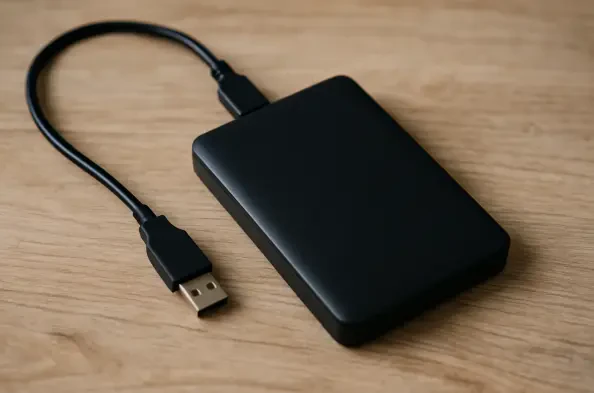In an era where data breaches and cyber threats loom larger than ever, the need for ironclad security solutions has become paramount for professionals handling sensitive information, and imagine a scenario where a single misplaced device could compromise classified data, exposing organizations to catastrophic risks. Enter a groundbreaking innovation in the realm of solid-state drives (SSDs) that promises to tackle this challenge head-on with a radical approach. A new portable SSD has emerged, designed specifically for those who cannot afford even the slightest chance of data recovery. This device introduces a feature that could potentially transform how security is perceived in the tech world. With just one deliberate action, users can ensure that their data is wiped permanently, offering peace of mind in high-stakes environments. This development raises intriguing questions about the future of data protection and whether such extreme measures could become the new standard for safeguarding critical information in an increasingly digital landscape.
Revolutionizing Data Protection with Innovative Technology
The portable SSD in question, tailored for professionals and organizations managing confidential or classified content, brings a novel solution to the table through its patented chip destruction process. Unlike traditional encryption or software-based erasure methods that may leave traces of data vulnerable to recovery, this device ensures complete and irreversible elimination of information. A unique two-stage sliding switch mechanism, designed with a clear warning indicator, prevents accidental activation and demands intentional force to initiate the process. Remarkably, even if the SSD is disconnected from a computer, the destruction sequence continues, guaranteeing that no fragment of data can be salvaged. This focus on finality addresses a critical gap in data security, particularly for government agencies and corporate entities where breaches could have dire consequences. By prioritizing absolute erasure over recoverable methods, this technology sets a new benchmark for what secure data management can achieve in protecting sensitive assets from unauthorized access.
Balancing High Performance with Targeted Utility
Beyond its headline-grabbing security feature, this SSD delivers impressive operational capabilities suited to the needs of its niche audience. Available in capacities ranging from 256GB to 2TB, it offers read and write speeds of up to 1,000MB/s, ensuring efficient performance for demanding tasks. Its compact design, measuring just over 3.5 inches and weighing a mere 42 grams, enhances portability, making it an ideal companion for professionals on the move. Connectivity through a USB-C cable aligns with modern standards, adding to its practicality. However, this device is not aimed at the general consumer market; instead, it caters exclusively to those handling highly sensitive data, reflecting a broader trend toward specialized security solutions amid rising cyber risks. Looking back, the introduction of such a tool marked a pivotal moment in addressing the limitations of conventional data protection. Its blend of cutting-edge functionality and deliberate design underscored a shift toward more definitive measures, paving the way for future innovations in secure technology applications.






